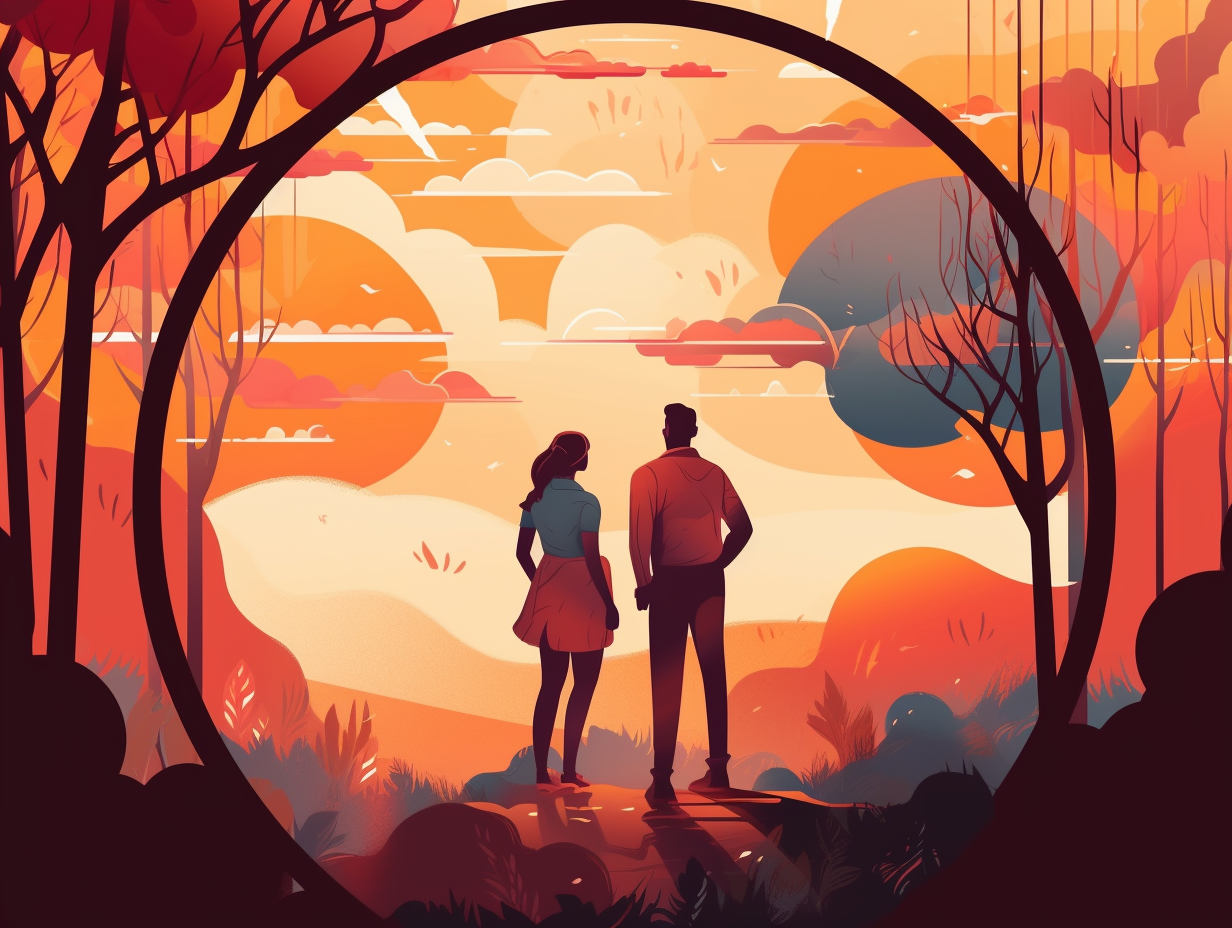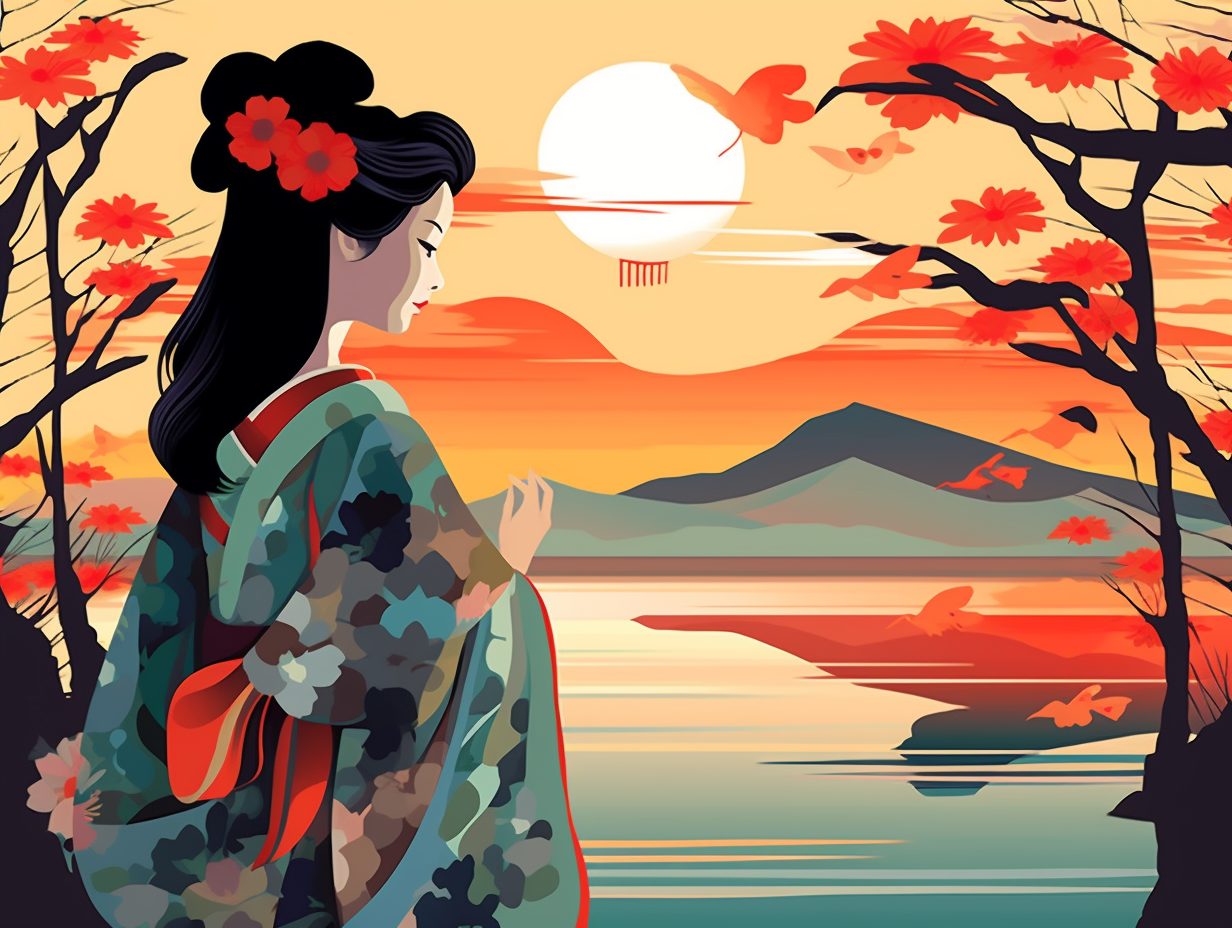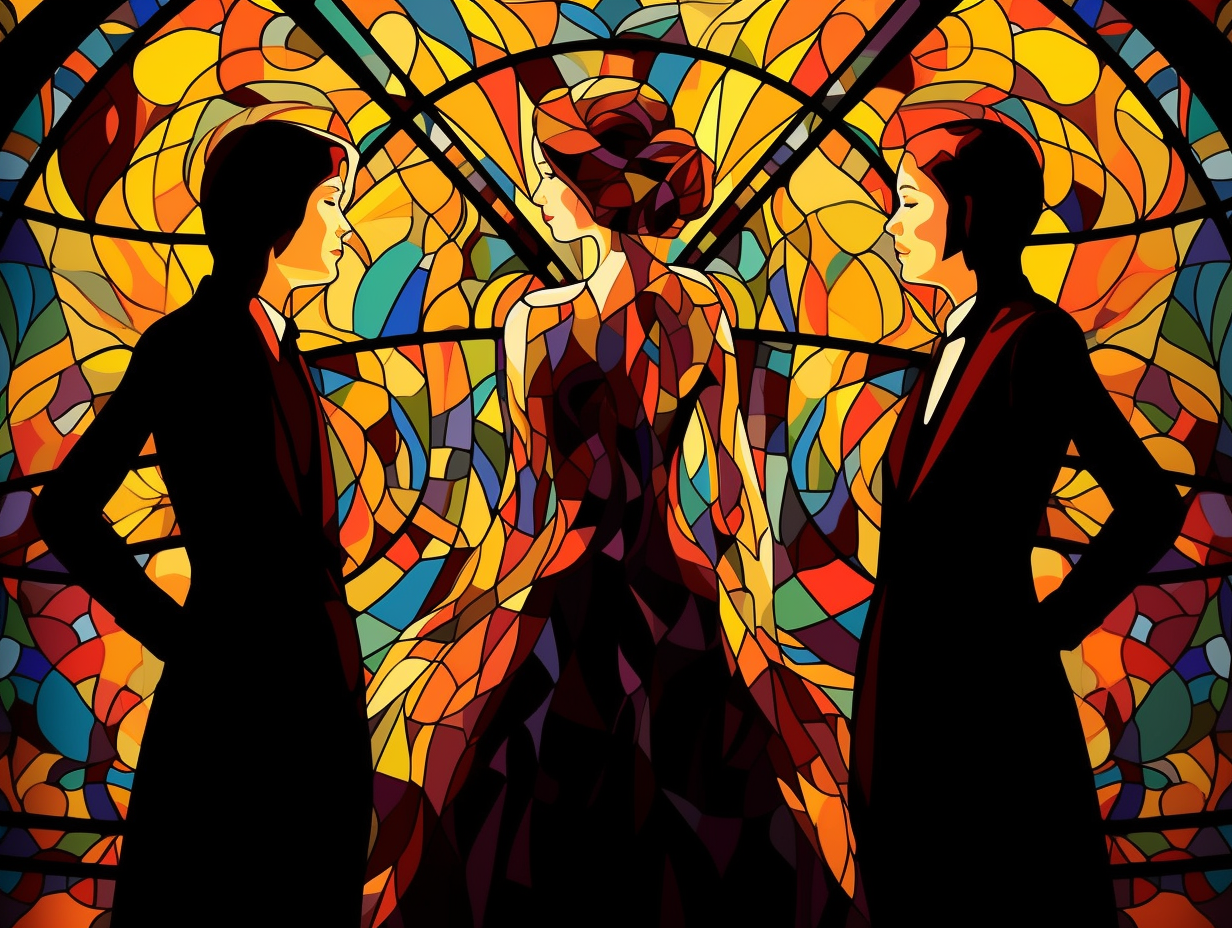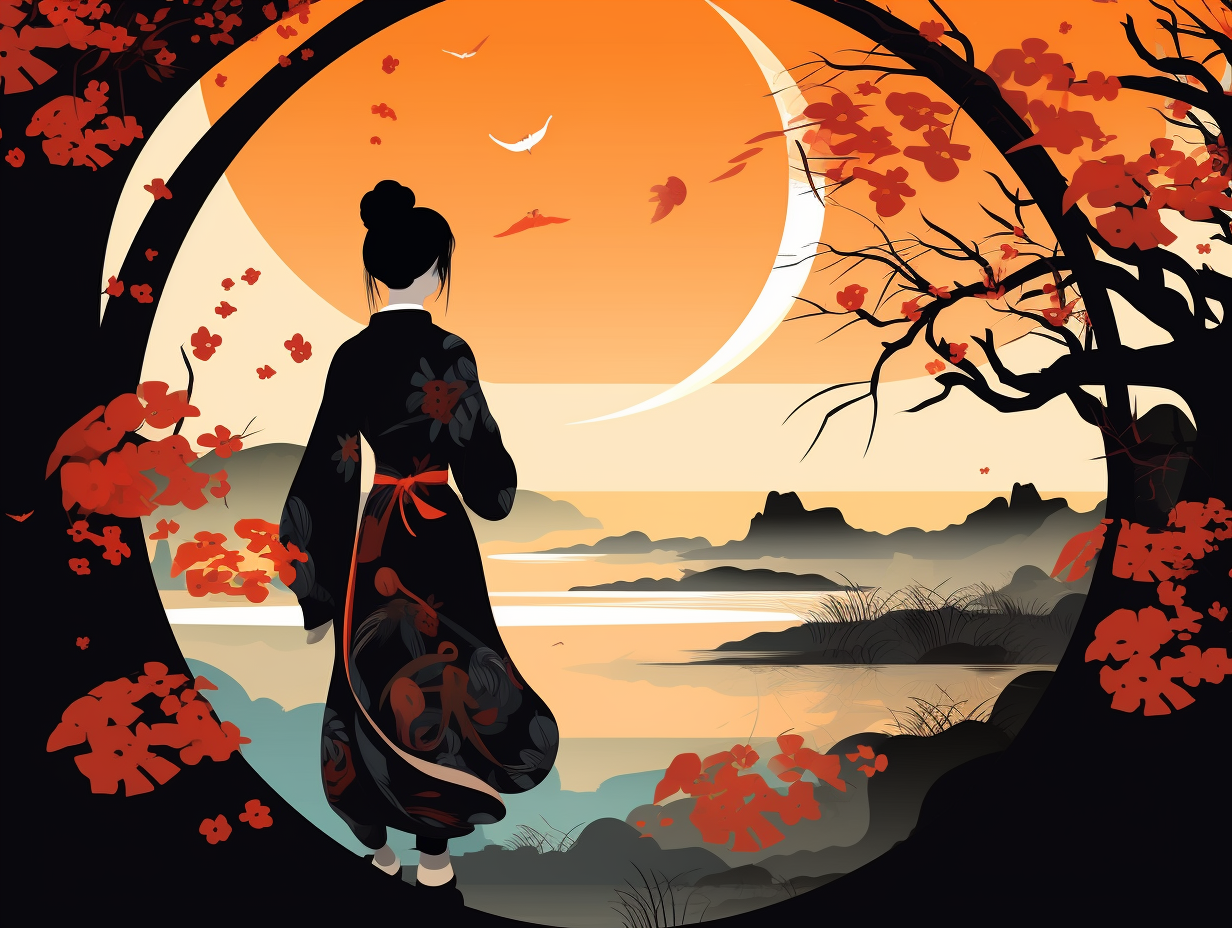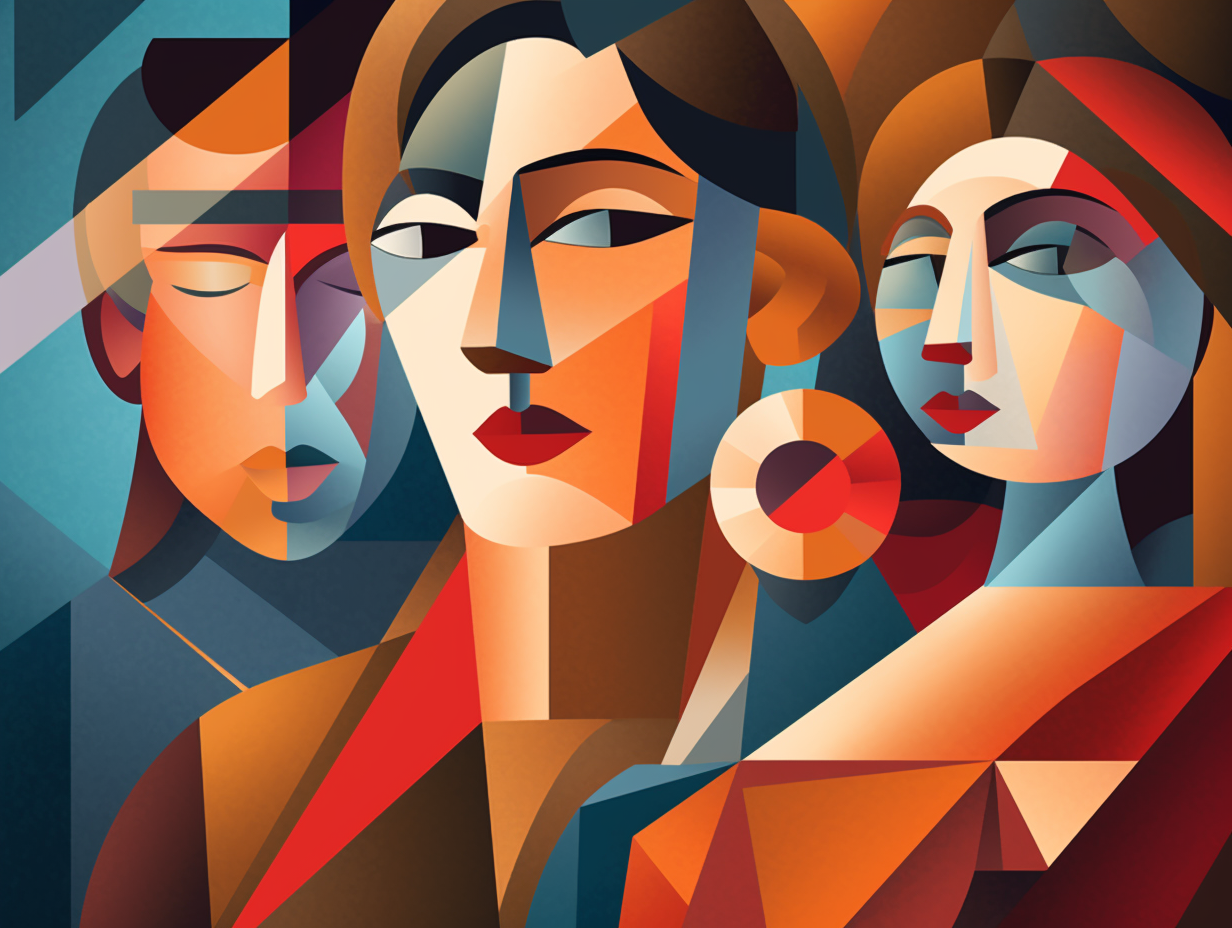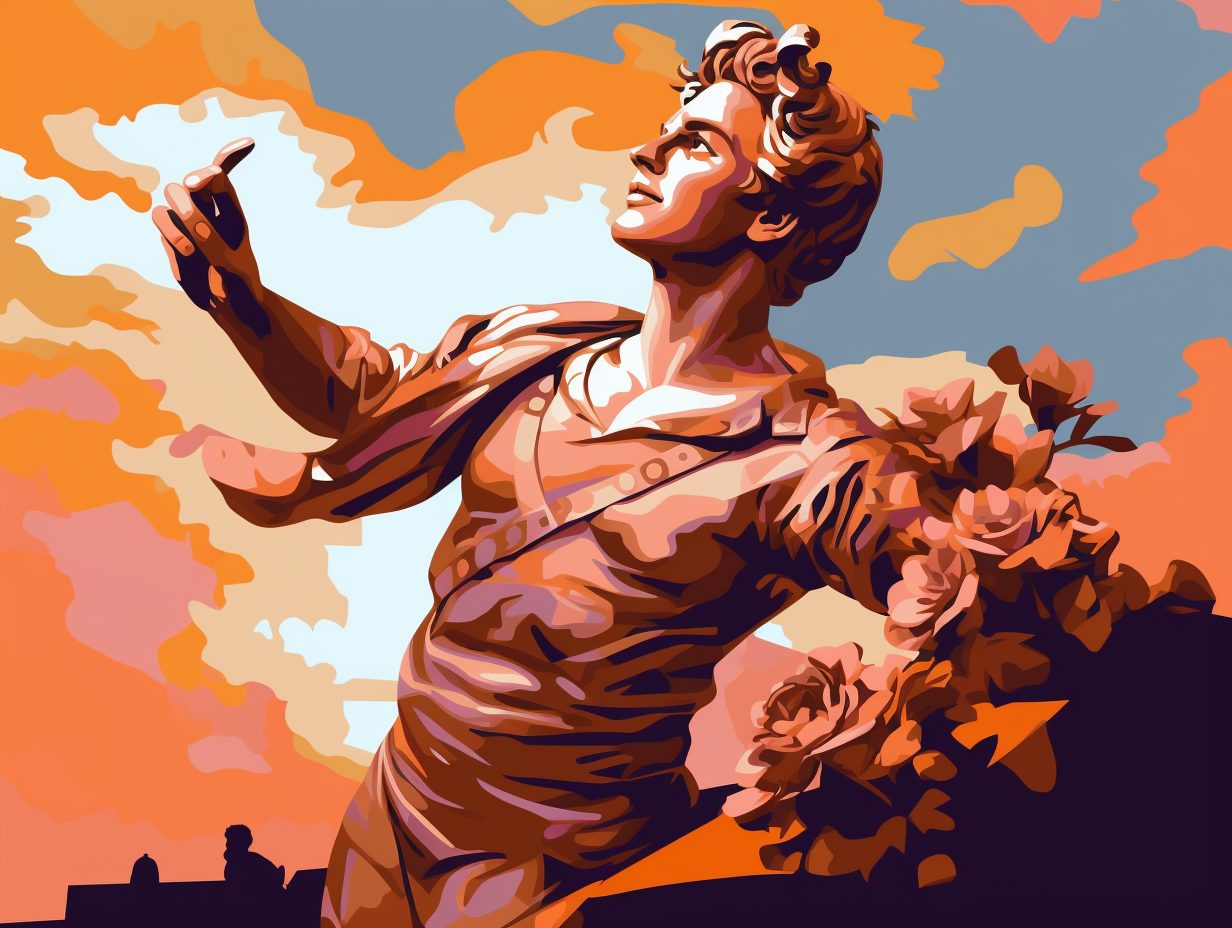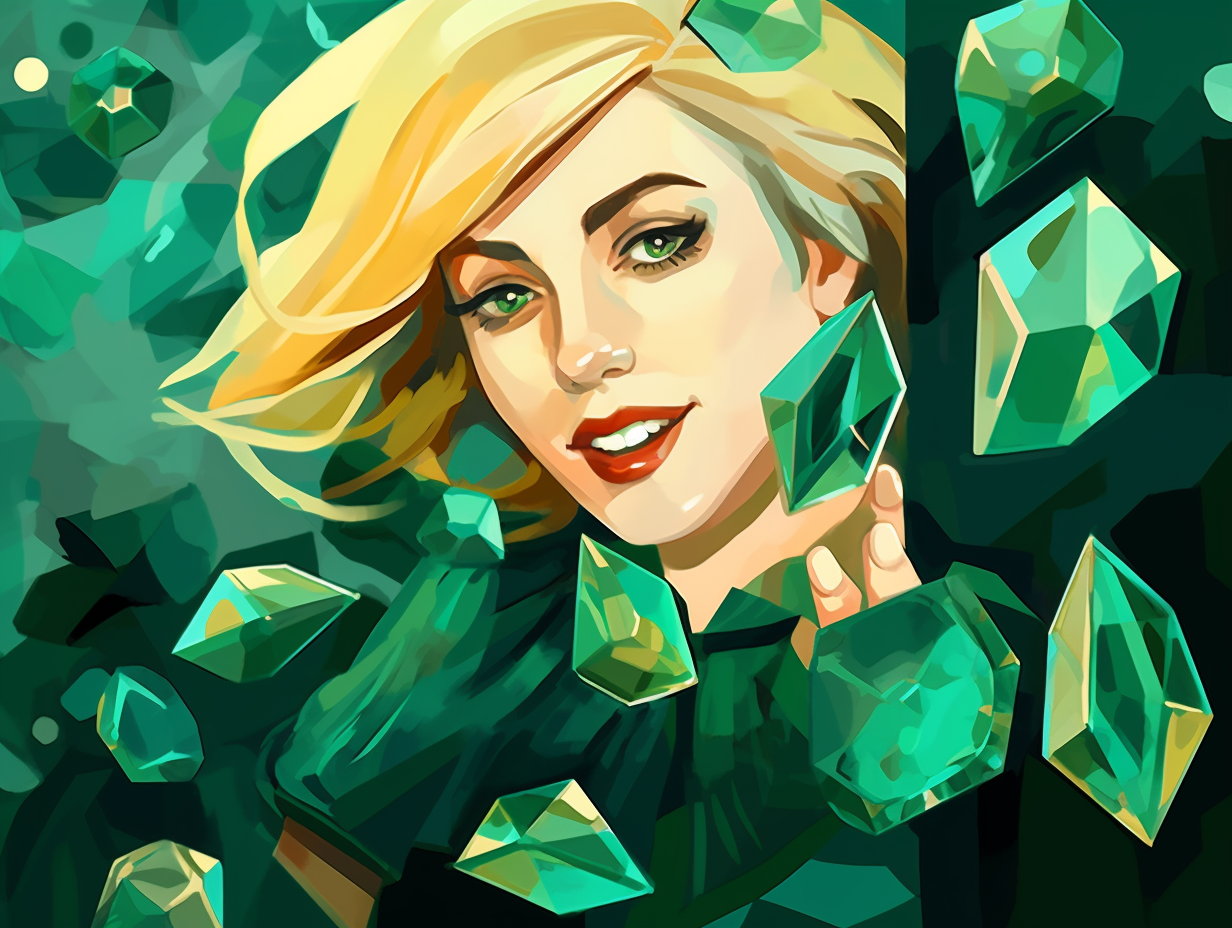Discover the Secrets: Top 12 Fun Facts About Famous Logos That'll Surprise You

1. Coca-Cola's Billion-Dollar Bubble Empire
Holy fizz-tastic fortune, Batman! Coca-Cola isn't just a bubbly beverage; it's an empire built on bubbles: With a staggering 21 brands raking in over a billion dollars each in annual sales, this soda sovereign quenches the thirst of approximately 1.9 billion people every single day.
Source => fool.com
2. Newton's Apple-Inspired Original Logo
Before the fruit took a bite out of the tech world, Sir Isaac Newton was caught in a gravitational moment of inspiration: Apple's original logo, concocted by third co-founder Ronald Wayne in 1976, depicted the legendary physicist lounging beneath an apple tree with a tantalizing fruit hovering above his brilliant noggin, all surrounded by the enigmatic phrase “Newton… A Mind Forever Voyaging Through Strange Seas of Thought … Alone.”
Source => inshorts.com

Did you know feeling blue isn't all bad? Color psychology reveals that mood is influenced by a complex combination of factors, including hue, shade, and even cultural elements. Discover more about the fascinating world of color interactions!
=> Fun Facts about Colors
3. Nike's $35 Swoosh Becomes Iconic
From footwear to swooshwear, who would've known that the price of a nice dinner could create such an iconic logo: Nike's swoosh was designed by graphic design student Carolyn Davidson for a mere $35 in 1971, although co-founder Phil Knight wasn't initially sold on the design. Through a surprise 1983 reception, Nike made sure to appreciate Davidson's contribution with company stock and a golden swoosh ring, as the logo catapulted the brand worth to billions and became one of the most recognizable symbols worldwide.
Source => cnbc.com
4. Wildlife vs. Wrestling: The WWF Showdown
When pandas and wrestlers duke it out over alphabet soup: The World Wildlife Fund (WWF) sued World Wrestling Federation (also WWF) over the use of the initials and their "scratch" logo, eventually leading to the wrestling giant's iconic name change to World Wrestling Entertainment (WWE) and limited use of the old logo, after a court ruling enforced the settlement due to the Federation's non-compliance.
Source => forbes.com
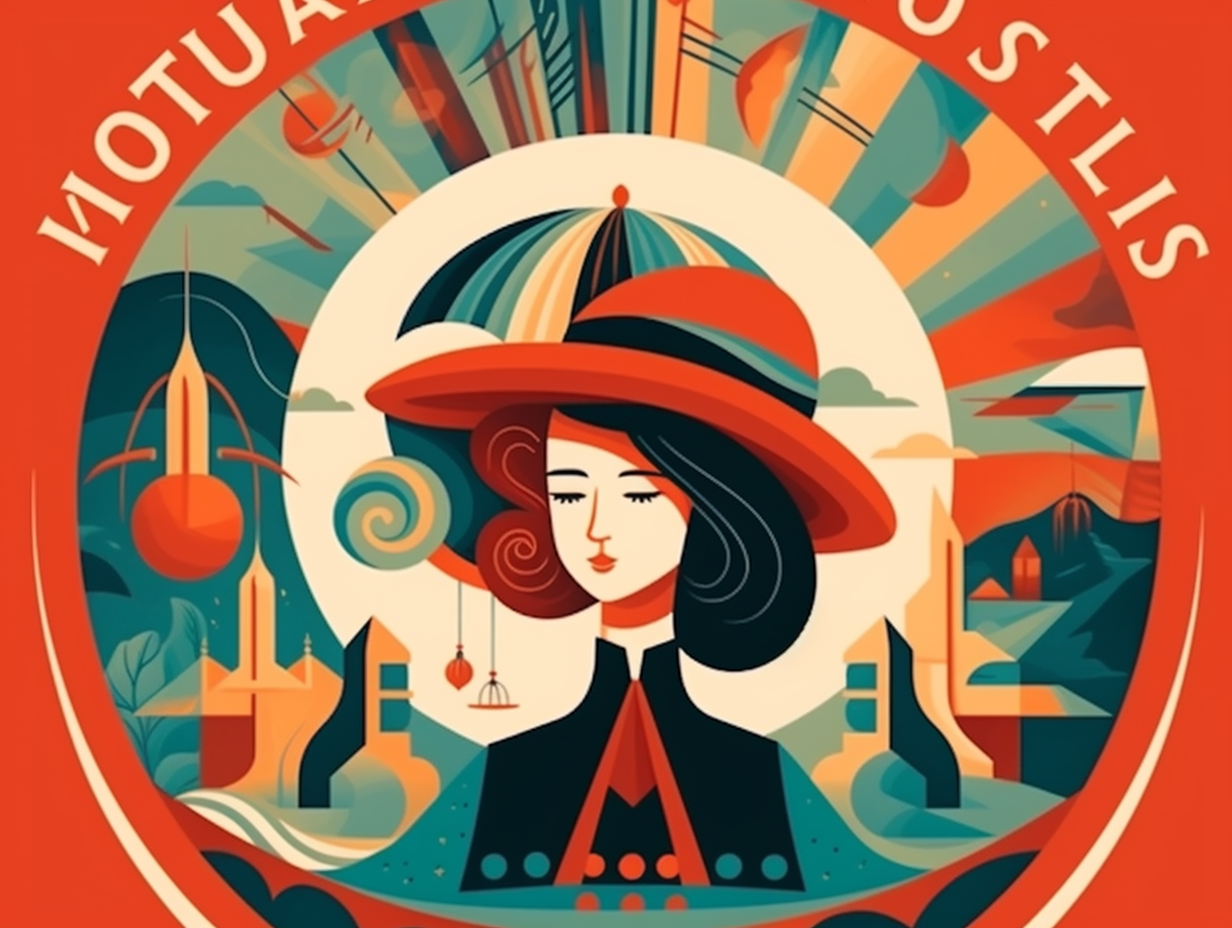
5. Audi's Rings Signify Auto Union Marriage
Like a marvelous mechanical marriage of harmonious horsepower: The Audi logo's four interlocking rings originated back in 1932, when four distinct car manufacturers – Audi, DKW, Horch, and Wanderer – joined forces, creating the Auto Union AG and representing the unbreakable bond between these powerful entities.
Source => audi.com
6. Disney's Signature Logo Copy
Walt Disney was what you might call the original 'forgery artist', but in this case, art truly did imitate life: The iconic Disney Company logo is actually a stylized version of Walt's signature, crafted by an animator because Walt himself was dissatisfied with his own penmanship and reportedly couldn't recreate it consistently. Next time you're at a Disney Park, remember that all characters there are required to learn the "Disney-approved" signature font for autograph sessions – featuring that oh-so-charming swirl over the "i" and underlining the name like a true fairytale flourish.
Source => collinsrace1.wordpress.com
7. Toyota's Logo Evolution: Diamond to Ovals
What do you get when you cross a Japanese car company, an iconic diamond, and a never-ending game of Ring Toss? The ultimate branding whirlwind: Toyota's logo evolved from a public competition-winning diamond emblem to its modern design of three overlapping ovals, introduced in 1989 for their 50th anniversary, after years of careful international testing and tweaking.
Source => blog.logomyway.com
8. IBM's Stripy & Valuable Logo
Like an elegant zebra in a boardroom meeting: the iconic IBM logo, designed by the legendary Paul Rand in 1972, features eight horizontal bars with black stripes slightly thicker than the white ones - and no, there aren't 13 lines like some pesky rumor-mongers claim. Boo-yah: what we've got is a logo so consistent, authentic, and memorable, it's now considered one of the world's most valuable corporate assets; talk about a knockout branding punch!
Source => ibm.com
9. Twitter's Consistent Blue Hue
Move over, Picasso; It's time for "Twitter's Blue Period": The iconic bird of Twitter has seen some slimming tweaks and a beak sharpening over time, but its distinct color, Twitter Blue, has remained untouched. Co-founder Biz Stone chose this particular blue hue to represent openness, lightness, and transparency within the social media platform's branding.
Source => en.wikipedia.org
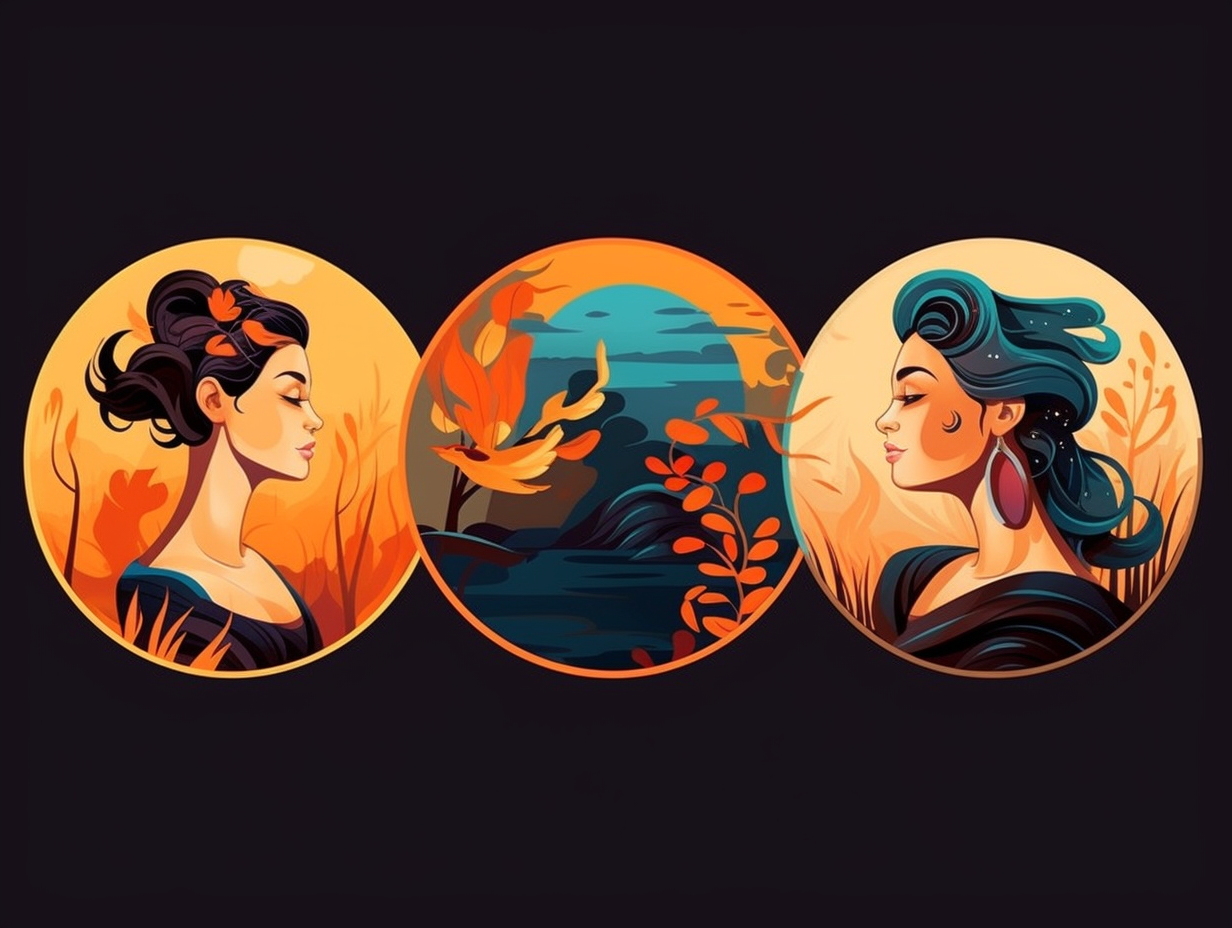
10. Starbucks' Siren Goes Modest
Once a titillating temptress, Starbucks' siren has now shed her scandalous past and traded it for a venti-sized dose of modesty: The original Starbucks logo, inspired by a 16th-century Norse woodcut, featured a bare-breasted siren surrounded by the words "Starbucks Coffee, Tea, Spices," symbolizing the allure of caffeine and the nautical theme. However, several rebrandings, including Terry Heckler's 1987 modernization and the 2011 embrace of the siren's tender humanity, have led to her current, more subdued incarnation.
Source => shopify.com
11. FedEx's Colorful Identity Play
Who knew FedEx played a game of "color me surprised" with their logo? Well, they certainly do, and they've made it quite an art: The "Ex" in FedEx takes on a rainbow of shades, sporting orange for FedEx Express, green for FedEx Ground, and red for FedEx Freight, adding a creative flair while distinguishing the company's different branches.
Source => zenbusiness.com
12. The Rolling Stones' Rebel Lips & Tongue Logo
When Mick Jagger couldn't get no satisfaction from the Hindu goddess Kali's tongue, the world was given a mouthful of rebellion and puckered pouts: The Rolling Stones' iconic logo, featuring a prominent tongue and lips design, was the brainchild of English art designer John Pasche in 1970. Standing for the band's anti-authoritarian attitude and Jagger's unmistakable smackers, the design graces albums, merch, and stage sets, and fetched an impressive £51,000 at the Victoria and Albert Museum in 2008 after changing hands for £26,000 in 1984. In 2012, the timeless bit of cheek was given a makeover by Shepard Fairey to mark the band's 50th anniversary.
Source => en.wikipedia.org
Related Fun Facts


